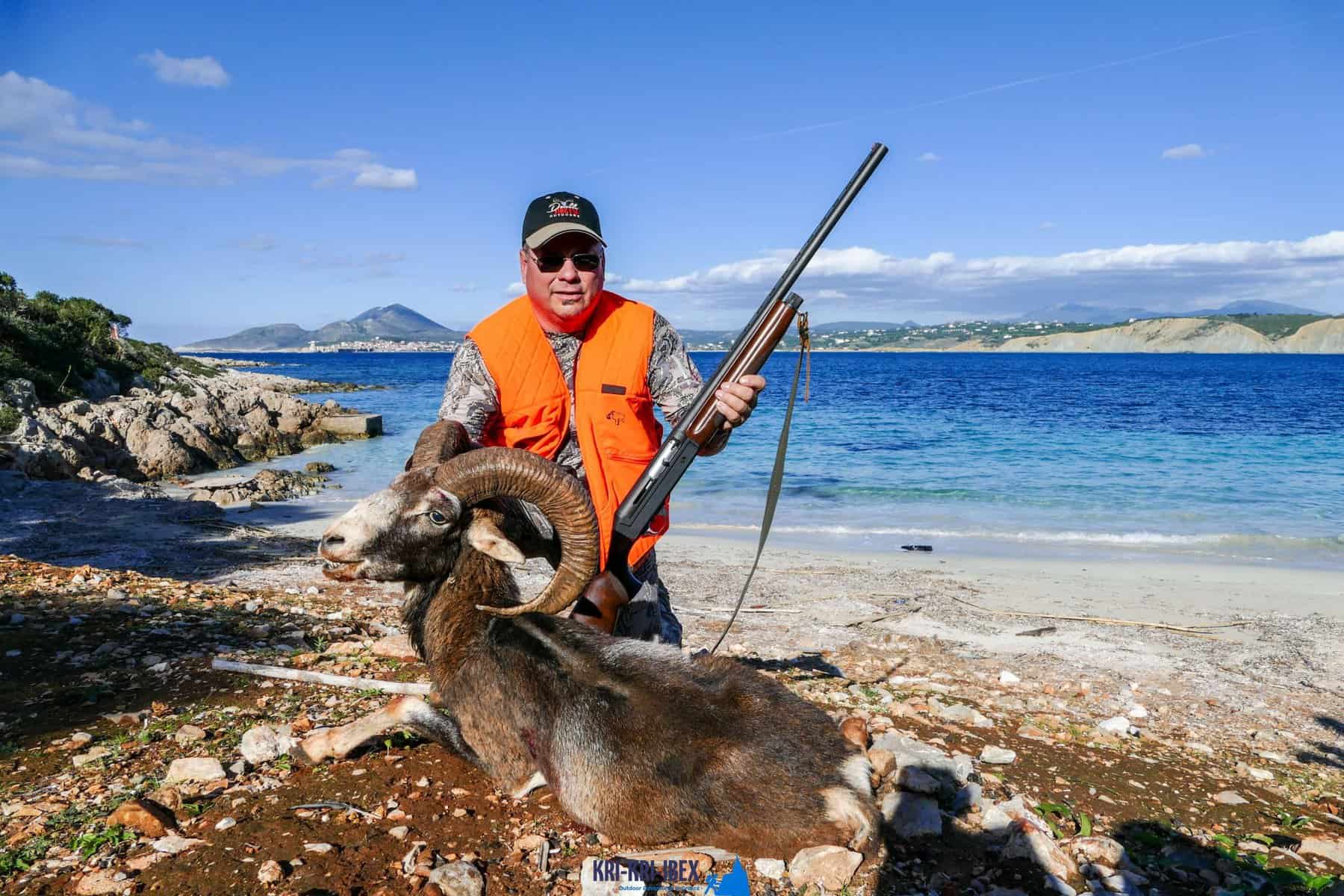Finest ibex hunting in Greece
Finest ibex hunting in Greece
Blog Article

To many individuals, The Peloponnese peninsula on the Greek Mainland is the 'real' Greece, where points have actually not altered a lot whatsoever over the centuries although that many people have found it. If you are looking for an authentic Greek exterior experience, look no more than the Peloponnese! Right here you can diving and also hunting on unique islands and also exploring at the same time.

Because it is not set, the number of Ibexes varies with the populace. The Ibexes of the Cretan Ibex breed Kri-Kri is the tiniest ibex in regards to body weight, but not horn size (Capra Aegagrus Cretica). A couple of samplings that went uncounted determined 115 cm (45 inches). The gold prize is 61 centimeters (24 inches) long. The Kri-Kri ibex is hunted in Greece at this time. Hunting is readily available on Atalanti as well as Sapientza. Hunting is permitted on Atalanti from the recently of October to the very first week of December. Hunting is permitted on Sapientza for the entire month of November, depending upon weather.
Our exterior hunting, angling, as well as cost-free diving trips are the best way to see whatever that Peloponnese needs to supply. These trips are made for travelers that wish to leave the beaten path as well as truly experience all that this unbelievable area has to use. You'll get to go hunting in some of one of the most attractive wilderness areas in Greece, fish in crystal-clear waters for a selection of various varieties, and cost-free dive in several of the most sensational shoreline in the Mediterranean. And also most importantly, our seasoned guides will exist with you every step of the means to make sure that you have a pleasurable and safe experience.
If you're looking for a genuine Greek experience, then look no more than our outdoor hunting in Greece with angling, and also free diving trips of Peloponnese. This is a remarkable means to see everything that this outstanding area needs to supply. Book your trip today!
What is the diference between Kri Kri ibex, Bezoar ibex and hybrid ibex
The kri-kri is not thought to be indigenous to Crete, most likely having been imported to the island during the time of the Minoan civilization. Nevertheless, it is found nowhere else and is therefore endemic to Crete. It was common throughout the Aegean but the peaks of the 8,000 ft (2,400 m) White Mountains of Western Crete are their last strongholds–particularly a series of almost vertical 3,000 ft (900 m) cliffs called ‘the Untrodden’—at the head of the Samaria Gorge. This mountain range, which hosts another 14 endemic animal species, is protected as a UNESCO Biosphere Reserve. In total, their range extends to the White Mountains, the Samaria National Forest and the islets of Dia, Thodorou, and Agii Pandes.
This Ibex is NOT a diminutive form of the Bezoar Ibex, which has migrated into the western-most reach of the range of this species. The kri – kri (Capra aegagrus cretica), sometimes called the Cretan goat, Agrimi, or Cretan Ibex, is a feral goat inhabiting the Eastern Mediterranean, previously considered a subspecies of wild goat. The kri-kri has a light brownish coat with a darker band around its neck. It has two horns that sweep back from the head. In the wild they are shy and avoid tourists, resting during the day. The animal can leap some distance or climb seemingly sheer cliffs.
“The agrimi goat Capra aegagrus cretica is unique to Crete and its offshore islands. It has been identi®ed as a sub-species of the wild bezoar goat Capra aegagrus aegagrus Erxleben, 1777, which it closely resembles in horn shape, body form and coloration. This classi®cation has been disputed by some researchers who claim that the agrimi are feral goats, derived from early domestic stock brought to the island by the ®rst Neolithic settlers. In order to clarify this issue, DNA analyses (cytochrome b and D loop sequences) were carried out on tissue of live and skeletonized agrimi and compared to sequences of wild and domestic caprines. Results conclusively show the agrimi to be a feral animal, that clades with domestic goats (Capra hircus) rather than with wild Asiatic bezoar. This study demonstrates that morphometric criteria do not necessarily re¯ect genetic af®nities, and that the taxonomic classi®cation of agrimi should be revised.”
Report this page